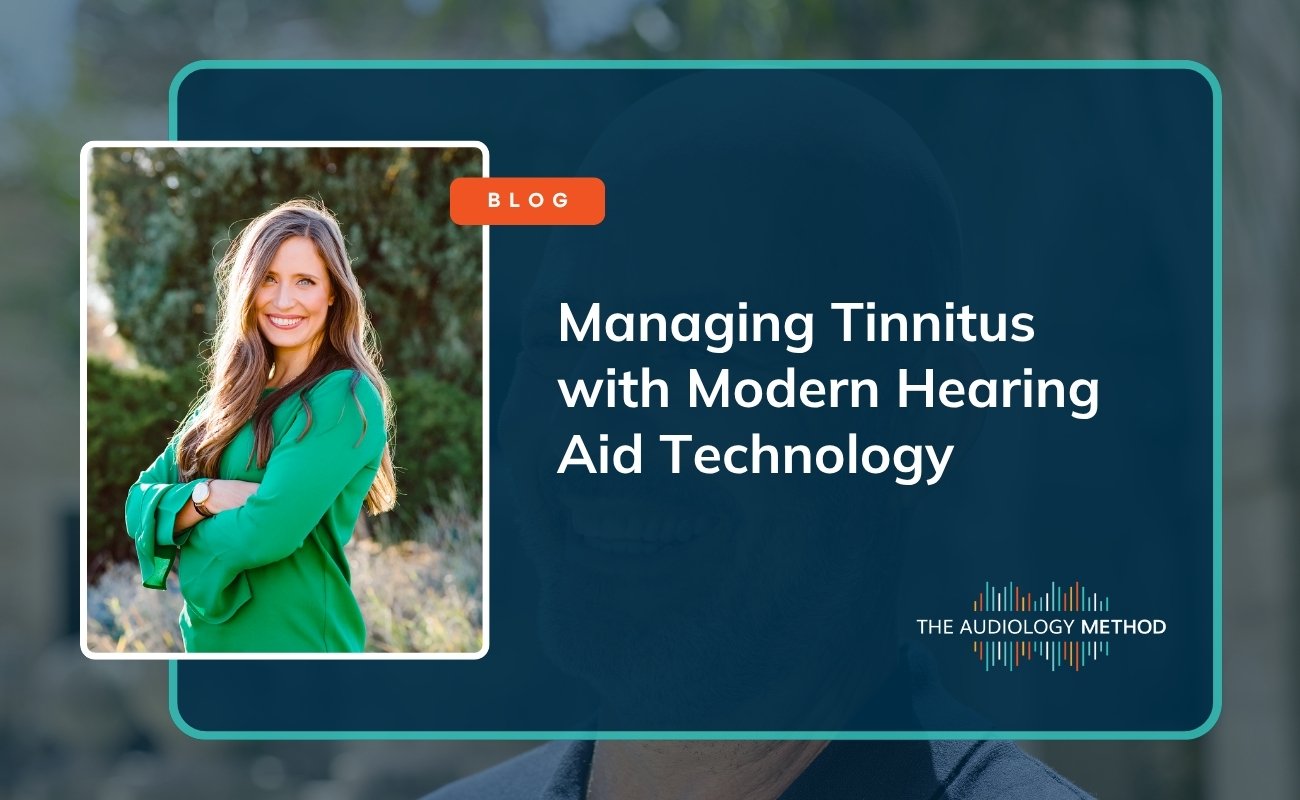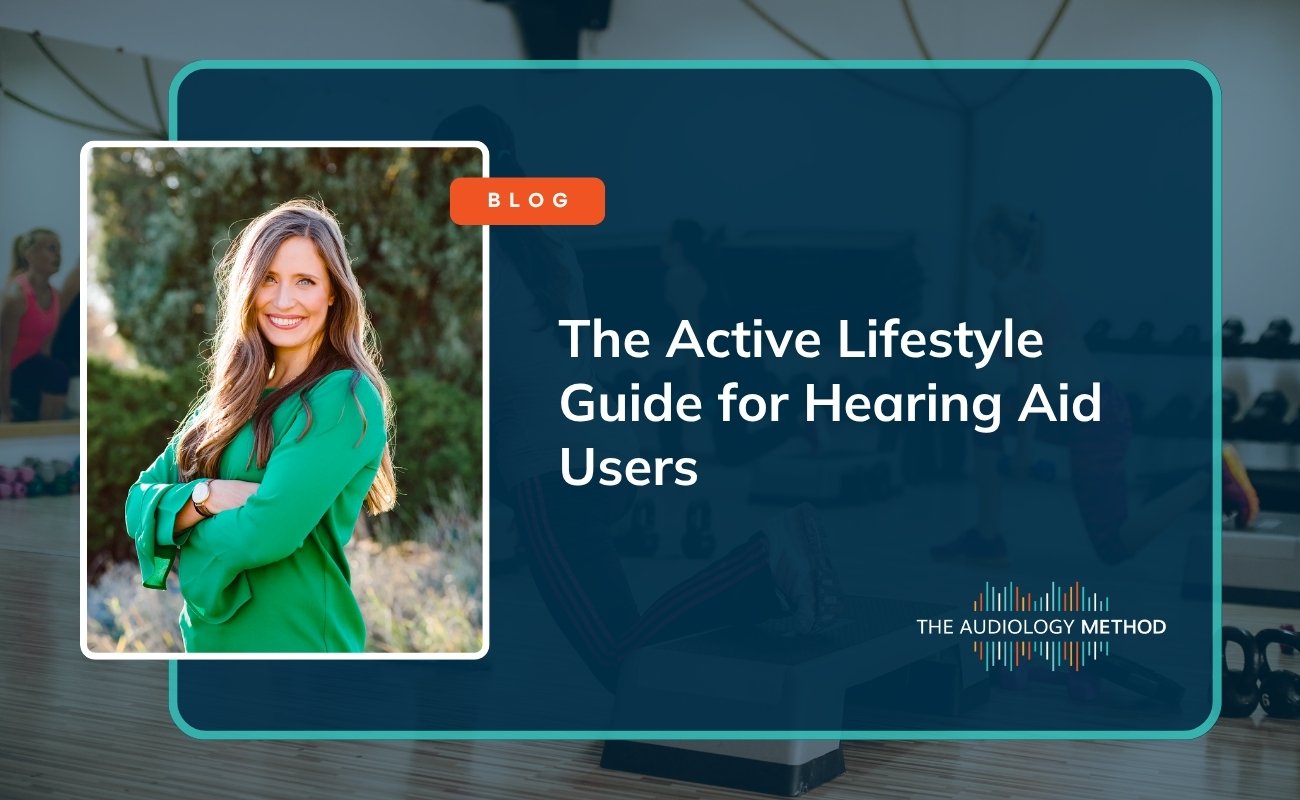

Music lovers with hearing loss don't need to settle for muffled melodies or missing harmonies anymore. Today's hearing aids handle the complex dynamics of music beautifully, letting you rediscover favorite songs and explore new genres with the clarity you've been missing.
Music creates unique challenges that go far beyond everyday conversation. Speech happens in predictable patterns within a narrow frequency range, but music spans everything from deep bass notes to crystal-clear highs, with sudden volume shifts and layered instrumental textures. Older hearing aids focused mainly on speech, but newer devices recognize these musical complexities and process them properly.
Think about a piano piece that whispers softly one moment, then builds to a powerful crescendo the next - that's the kind of dynamic range your hearing aids need to handle without distortion. Modern compression algorithms preserve these natural musical moments instead of flattening them out.
Most current hearing aids come with specialized music settings that completely change how they process sound. When you switch to a music program, the device dials back aggressive noise reduction that might strip away important musical details, giving you a much more authentic experience.
Music programs typically offer:
During your hearing aid consultation, ask about music program options. We can customize these settings based on whether you love classical symphonies, jazz quartets, or rock concerts.
Classical music needs different treatment than heavy metal or folk. A Beethoven symphony with its dramatic volume swings requires settings that preserve those dynamics, while a jazz ensemble benefits from adjustments that let you hear the subtle interplay between piano, bass, and drums.
Real ear measurements become particularly important for music lovers. This verification process confirms your hearing aids deliver the right amplification across all frequencies - crucial when every note matters. We can fine-tune your devices during this process to match your hearing loss while keeping musical integrity intact.
Many hearing aids now offer multiple music programs accessible through smartphone apps or device buttons. You might have one setting for live concerts, another for home listening, and a third for background music in restaurants.
Where you sit makes a huge difference in what you hear. At live performances, choose seats where you can see the musicians - visual cues help your brain piece together musical information more effectively. For home listening, try different speaker positions and room setups to find your sweet spot.
Room acoustics can make or break your musical experience. Hard walls and floors create echoes that blur musical details, while overly soft rooms can make everything sound flat. Small changes like adding a rug or moving speakers away from walls can dramatically improve what you hear.
When attending concerts, mention your hearing needs to venue staff. Many theaters and concert halls offer assistive listening systems that work alongside your hearing aids.
Bluetooth streaming transforms how you experience music with hearing aids. When audio streams directly from your phone or tablet to your hearing aids, you bypass room acoustics, background noise, and distance issues that can muddy the sound.
This direct connection gives you unprecedented control over your musical experience. You can listen to intricate classical pieces at low volumes without losing detail, or enjoy rock music with full bass response without bothering others.
High-quality audio codecs in newer hearing aids preserve more musical information during wireless transmission. Combined with music-specific processing, streamed audio often sounds clearer and more detailed than traditional listening methods.
Be specific about your musical interests during your hearing aid fitting. Tell us about your favorite genres, whether you play instruments, attend live shows, or mainly listen at home. This information helps us create programs tailored to your actual listening habits.
Custom programming takes time to perfect. Your initial music settings provide a starting point, but real-world experience reveals what needs adjustment. Keep notes about situations where you'd like better performance - maybe strings sound harsh, or you're missing bass guitar lines - and we'll refine your programs accordingly.
Don't accept "good enough" when it comes to music. Modern hearing aid software allows precise adjustments that can dramatically improve your experience.
Artificial intelligence in current hearing aids can automatically detect when you're listening to music and switch processing modes without you touching anything. This seamless transition means optimal performance whether you're having a conversation or enjoying a concert.
Some premium models include separate processing paths for speech and music, wider frequency ranges that capture more musical detail, and advanced feedback management that prevents whistling without compromising sound quality.
Dedicated music streaming compressors handle audio signals differently when music is detected, preserving natural dynamics and preventing the unnatural pumping effects that older compression systems created.
Start your hearing aid journey with music you know well - familiar songs give you a baseline for how things should sound. As you get comfortable with your devices, branch out to new artists and genres.
Take listening breaks during long music sessions. Your brain works harder to process amplified sound, and fatigue can set in faster than you expect. This is especially true when you're first adjusting to hearing aids.
Try different volume levels and program settings in various locations. Your perfect home listening setup might not work in the car or at outdoor venues. Most hearing aid apps let you save location-specific settings for easy switching.
Music has always been part of your life, and hearing loss shouldn't change that. We know how important it is to maintain that emotional connection to songs that move you, whether it's a lullaby from childhood or the anthem that defined your youth.
Our approach goes beyond basic hearing aid fitting - we focus on understanding your musical preferences and creating customized solutions that bring back the full richness of your favorite sounds. Through careful programming, real ear measurements, and ongoing adjustments, we help you experience music the way it was meant to be heard.
Ready to fall in love with music again? Schedule a consultation where we'll discuss your musical interests and demonstrate how modern hearing aid technology can transform your listening experience. Let's work together to bring back all those musical moments you've been missing.


